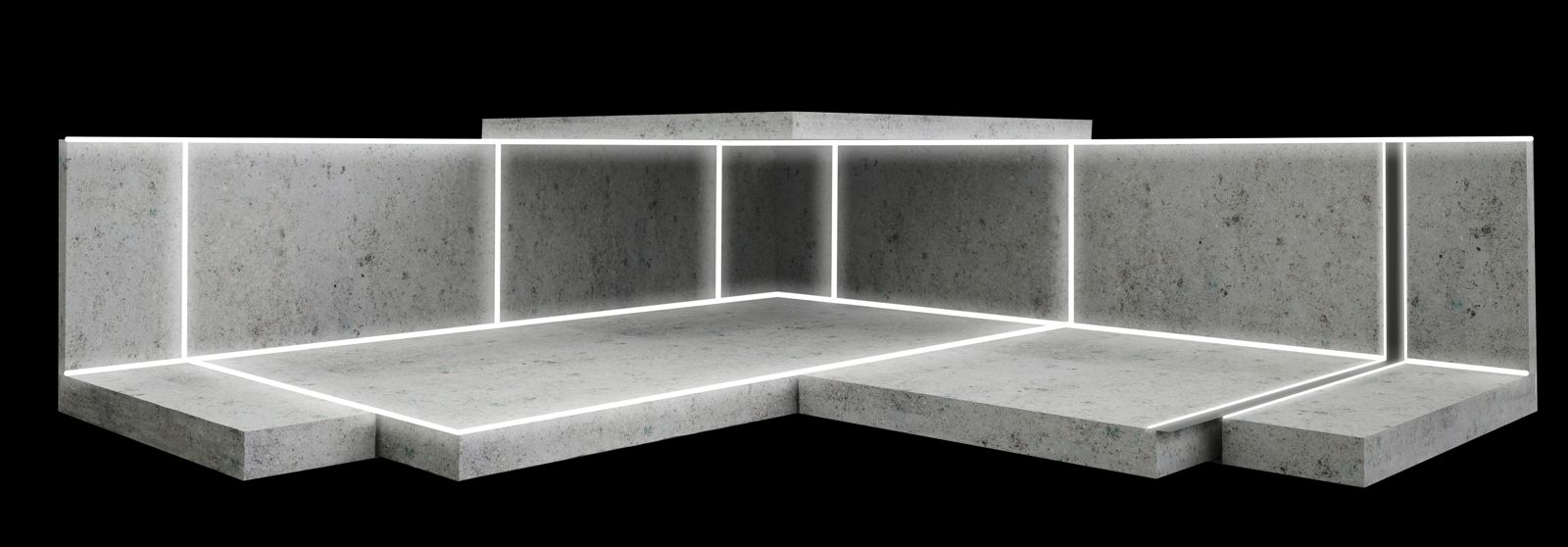Waterproofing of civil infrastructure: protection and durability
In any concrete structure, water is the primary enemy of durability. Humidity and infiltration rapidly promote corrosion of the reinforcement and the formation of cracks in the cementitious mass.
Proper waterproofing is therefore crucial to prevent extensive and costly damage. For example, modern reinforced concrete bridges are designed for a service life of approximately 100 years and require a waterproof membrane to protect them from chemical attacks and freeze/thaw cycles.
Only by effectively isolating water and carbon dioxide from the structural element can carbonation be avoided, which drastically reduces durability and safety, as well as preventing conditions of high humidity that trigger the alkali-silica reaction (ASR) with consequent swelling and cracking.
Large underground infrastructures (tunnels, dams, underground parking lots) are subject to severe challenges: groundwater pressure and soil movements result in hydrostatic pressure that infiltrates through pores, microcracks, and joints.
Under the effect of repeated freeze-thaw cycles, the penetrated water expands, causing internal ruptures, while aggressive salts dissolved in the ground (sulfates, chlorides) chemically attack the concrete. Consequently, elevated structures such as bridges and viaducts must also face traffic loads and winter de-icing salts, which is why an effective waterproof membrane is the key element to preserve their integrity and lifespan.













concrete

Chemical pathologies related to water
The penetration of atmospheric CO₂ into the concrete causes carbonation: the limestone formed lowers the protective pH and causes the reinforcement to lose passivation, promoting rust. This phenomenon significantly reduces the lifespan and safety of the structures.
Similarly, humidity fuels the alkali-silica reaction (ASR), triggered by reactive aggregates and alkalis present in the cement. When water is present (e.g., absorbed by the concrete or introduced by de-icing salts), the silica gel expands, causing a widespread network of internal cracks. Preventing water ingress is therefore also an effective preventive measure against these chemical pathologies.

Waterproofing solutions
Various technologies are adopted to ensure the tightness of new and existing structures. Among the most common are: bituminous or synthetic membranes, liquid polyurethane or epoxy treatments, cementitious waterproofing plasters, gel resin injections, and advanced sealants for expansion joints.
In recent years, integrated solutions have also gained importance: for example, the use of crystallizing admixtures (to be incorporated directly into the concrete or applied as a surface treatment) makes it possible to render the entire cementitious mass waterproof from the inside.
These admixtures react with water, forming insoluble crystals that permanently occlude pores and microcracks. In practice, in addition to traditional methods of external coating, integral waterproofing of the concrete can be achieved: the structural matrix itself becomes a barrier to water. At the same time, dedicated joint systems (waterstops, self-adhesive tapes, etc.) should not be forgotten, as they ensure hydraulic tightness in construction discontinuities and in the junctions between the deck and abutments.

Economic advantages and safety
Investing in professional waterproofing translates into concrete benefits. A well-protected structure drastically reduces the frequency of maintenance interventions and long-term operating costs. It also guarantees a significant extension of service life: just consider that road bridges are designed for 100 years of operation, an objective that can only be achieved with adequate protection systems.
Reliability and safety benefit from this: by eliminating water, the triggering of reinforcement corrosion is prevented, the development of expansive rust is avoided, and the overall structural integrity is preserved. A good waterproof cycle is therefore fundamental not only to protect the structure, but also to reduce the risks of premature failures and extraordinary expenses for complex repairs.

DRYBOXSYSTEM®: the Drykos integrated system
The Drykos DRYBOXSYSTEM® embodies a "turnkey" approach to waterproofing. It is designed to offer guaranteed and lasting tightness right from construction. In summary, the method involves five main phases: customized design analysis, casting with concrete admixed with Drymix Ultra (mass crystallization waterproofing agent) and subsequent treatment of the joints, specialist technical assistance on site, and a ten-year post-construction warranty. This ensures a complete and compatible package of products and procedures, certified and sustainable.
The concrete advantages of DRYBOXSYSTEM® are documented: the crystallizing formulation protects against chemical attacks (chlorides, sulfates, CO₂, etc.) and significantly reduces the need for future restoration work. The result is long-term structural protection that makes the structures more durable and safe, even in contact with aggressive water or water intended for drinking.
For specialist advice and customized waterproofing solutions, visit Drykos or contact us directly: our technical team is available for detailed analysis, customized projects, and on-site support. Protecting your civil infrastructure in the best possible way means guaranteeing safety and savings in the long term.


MLN
waterproofed
%
%
footprint














